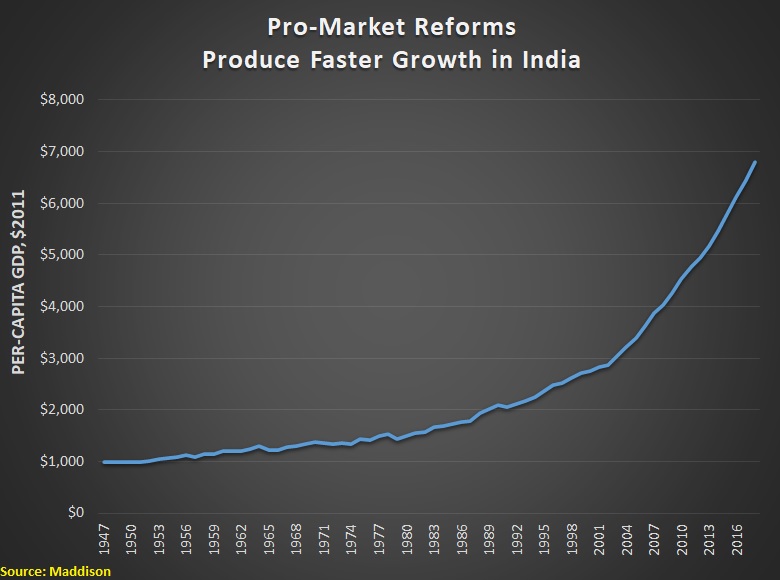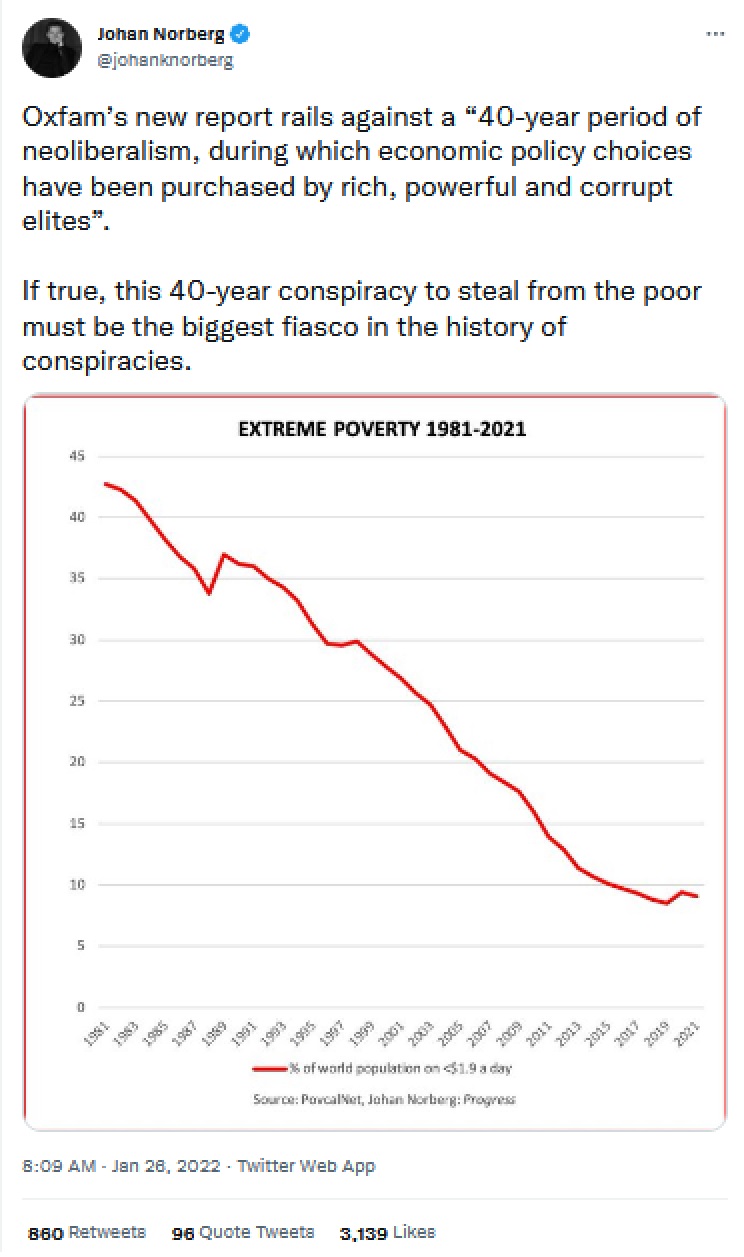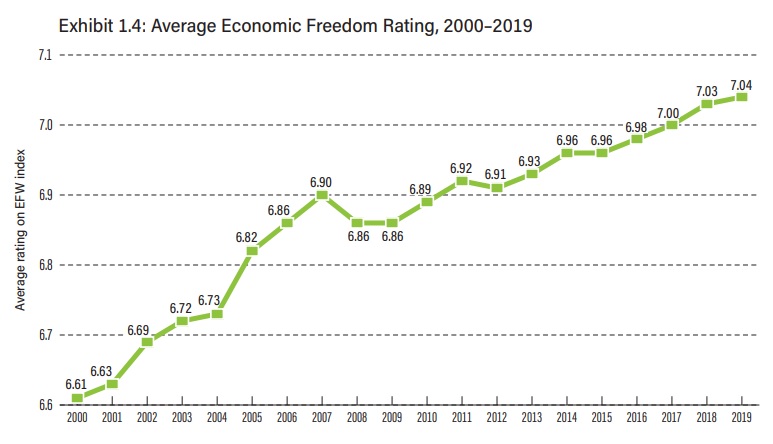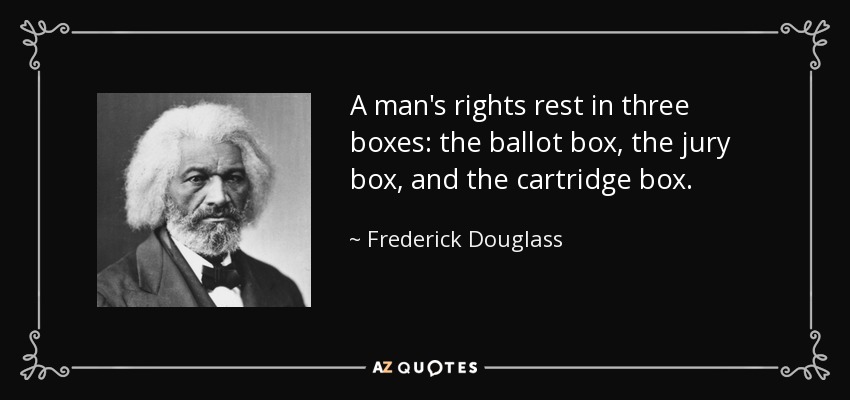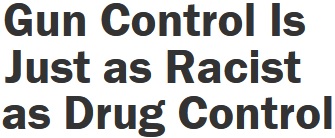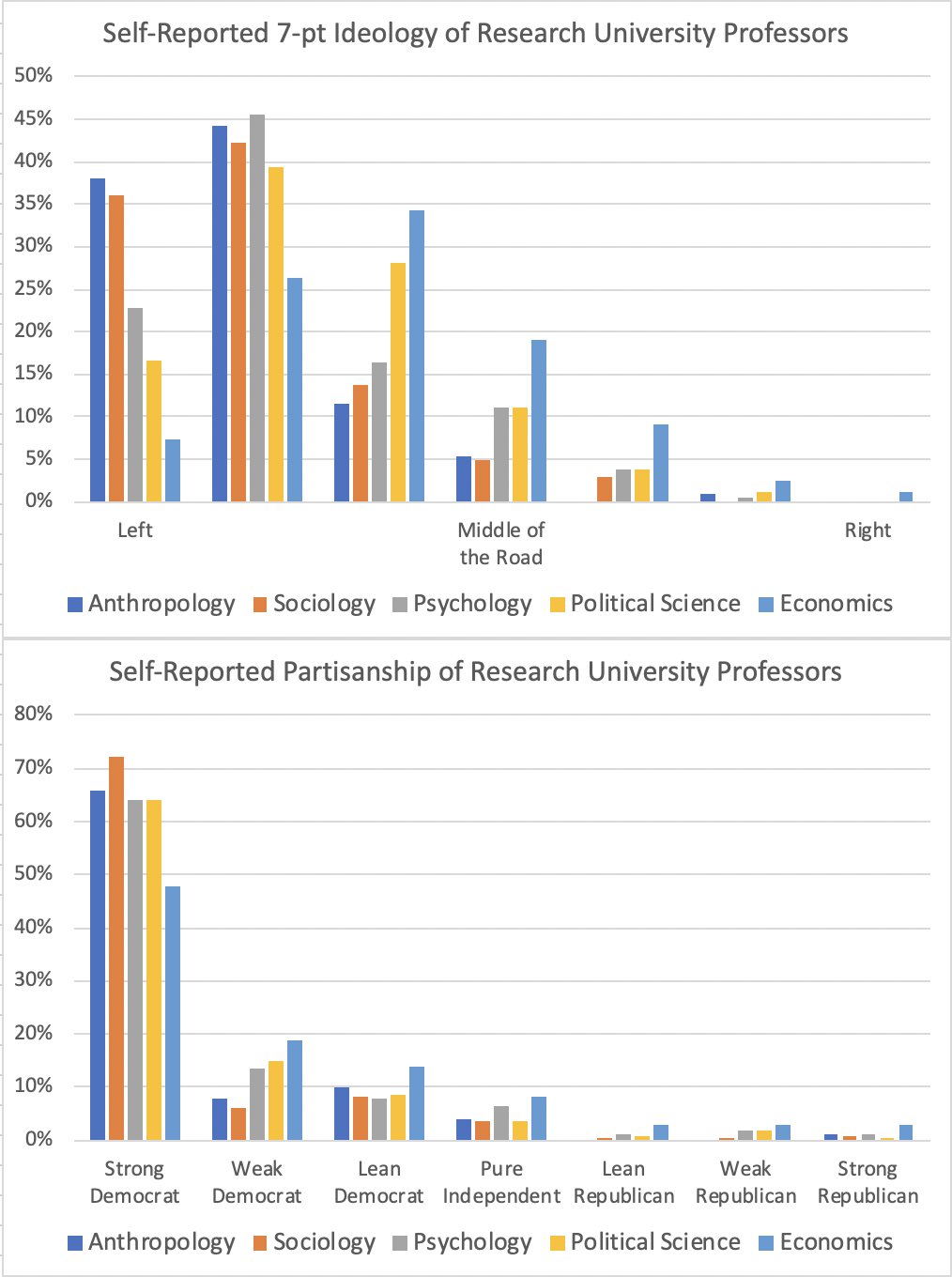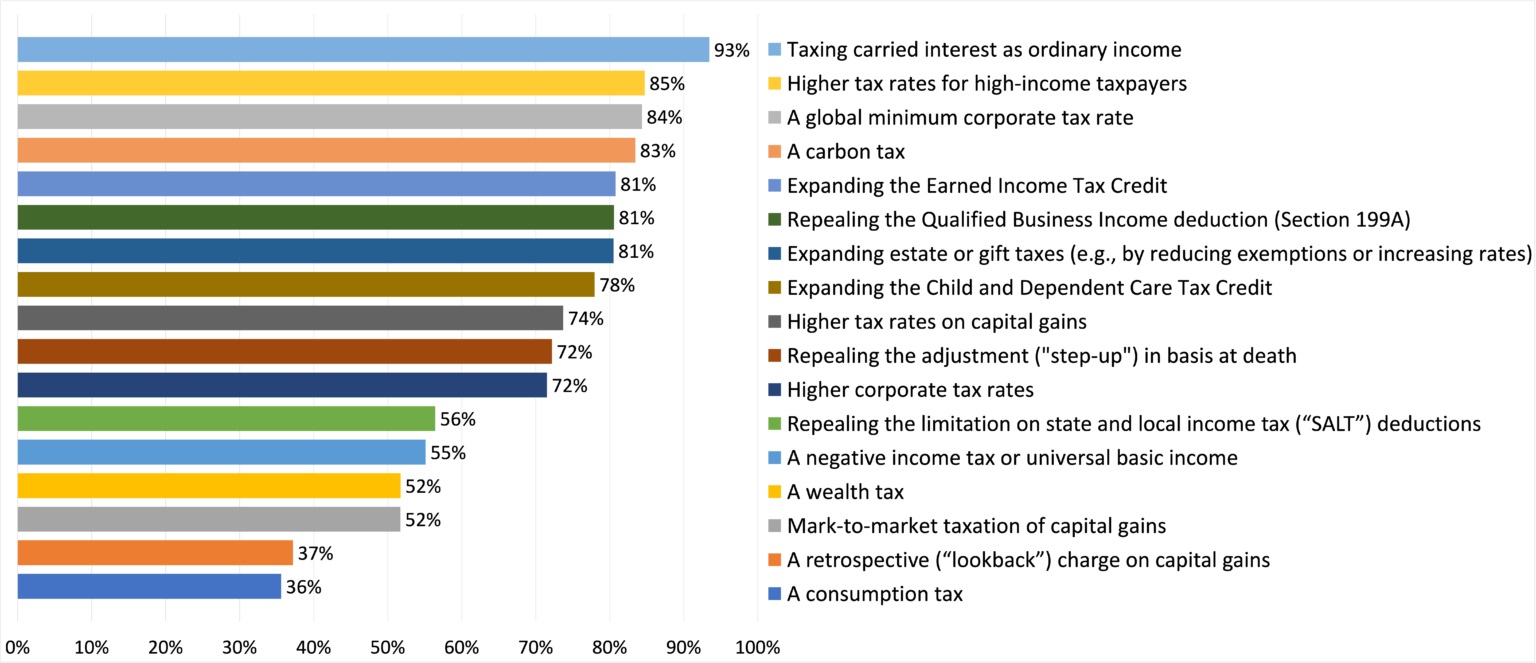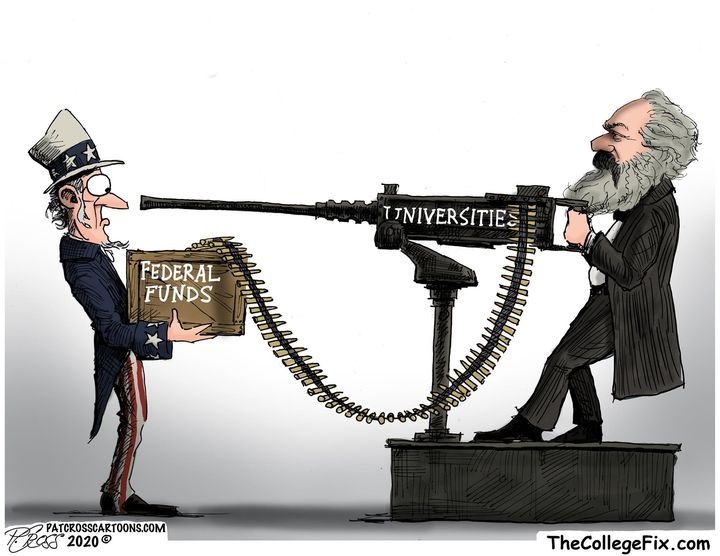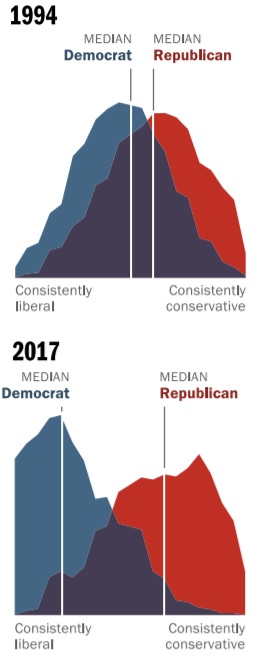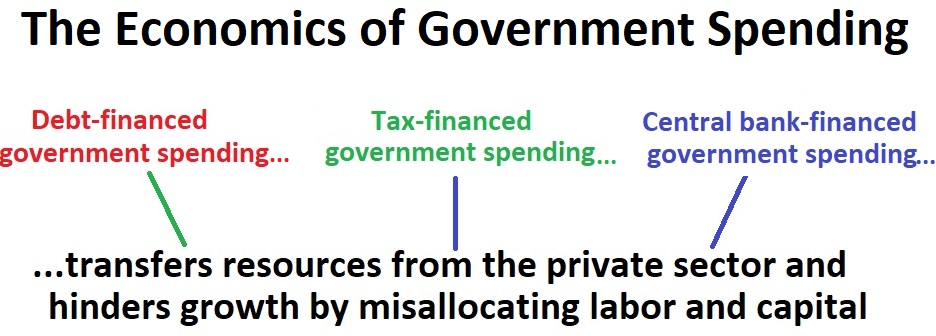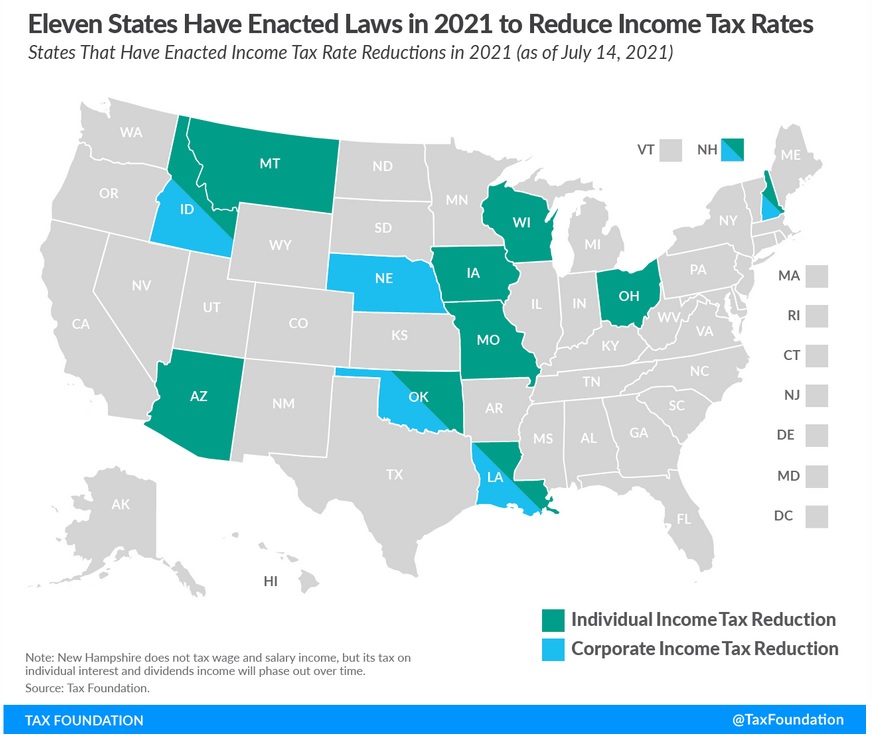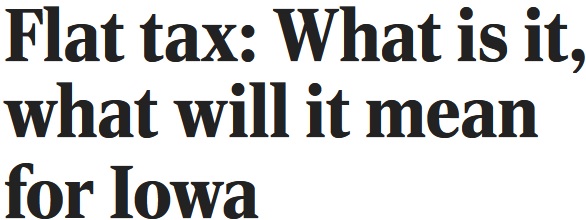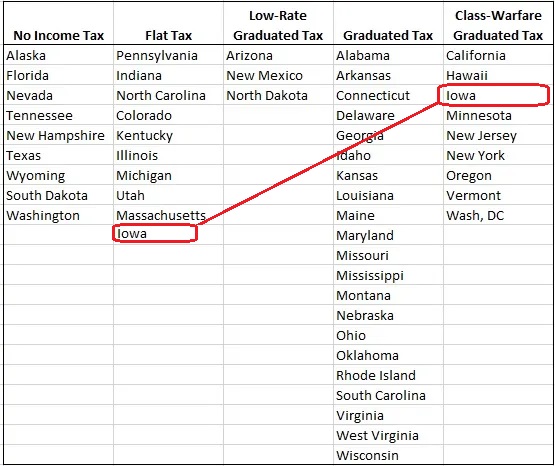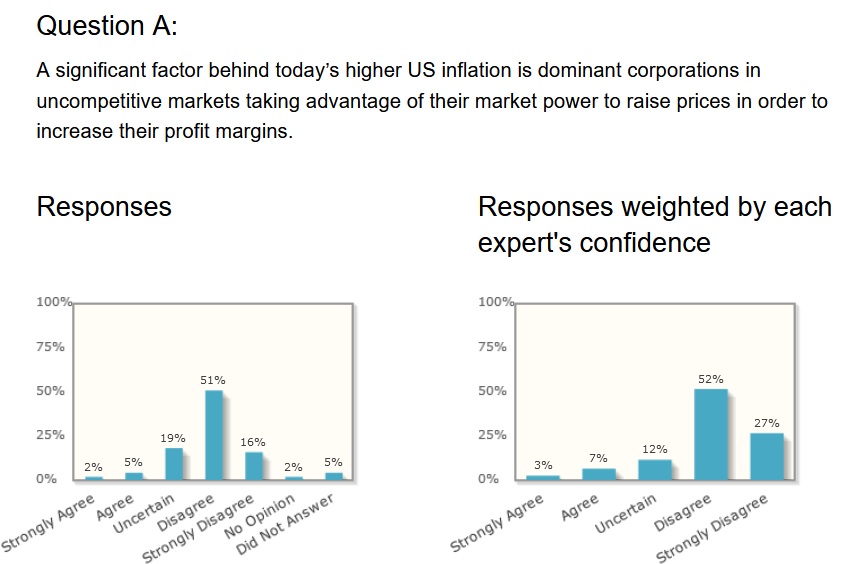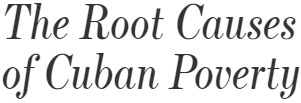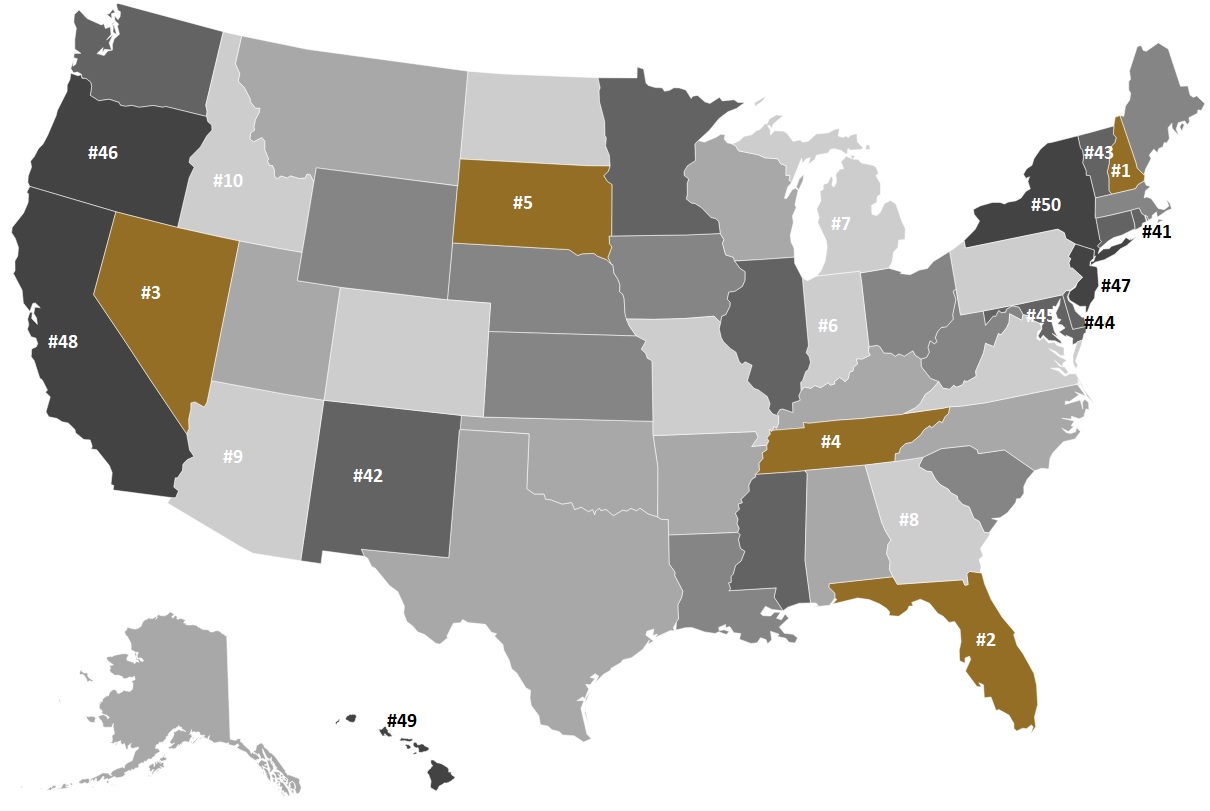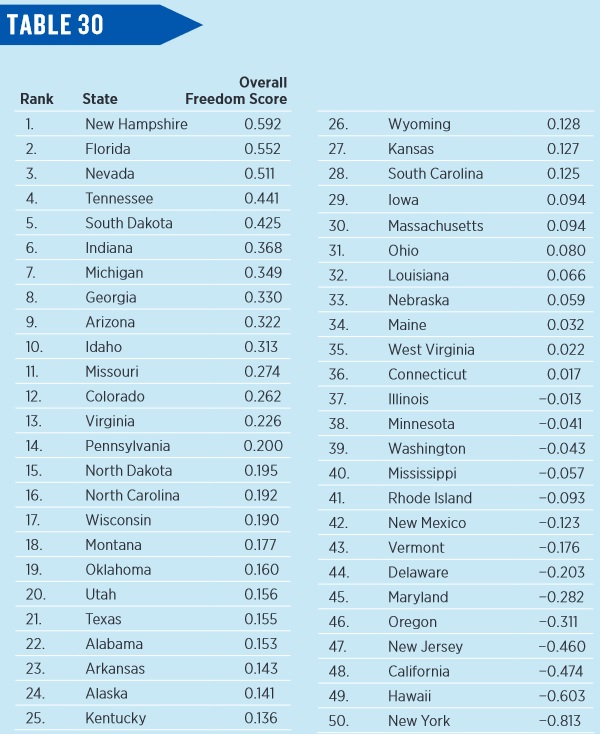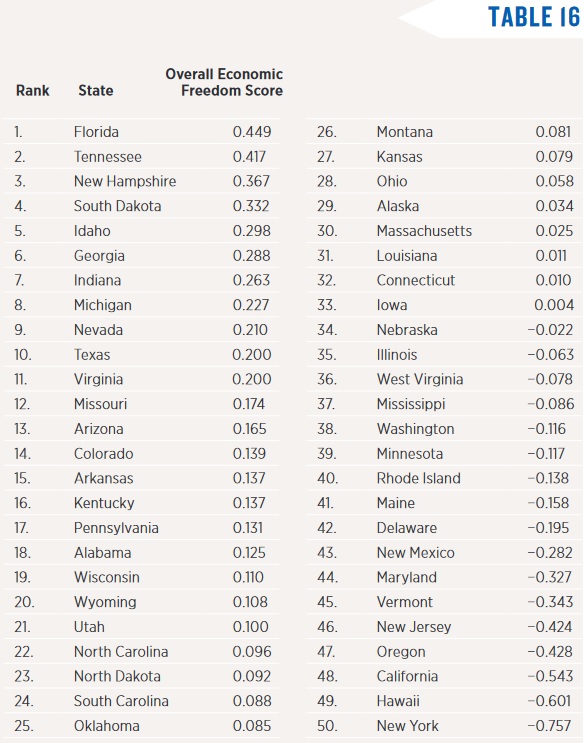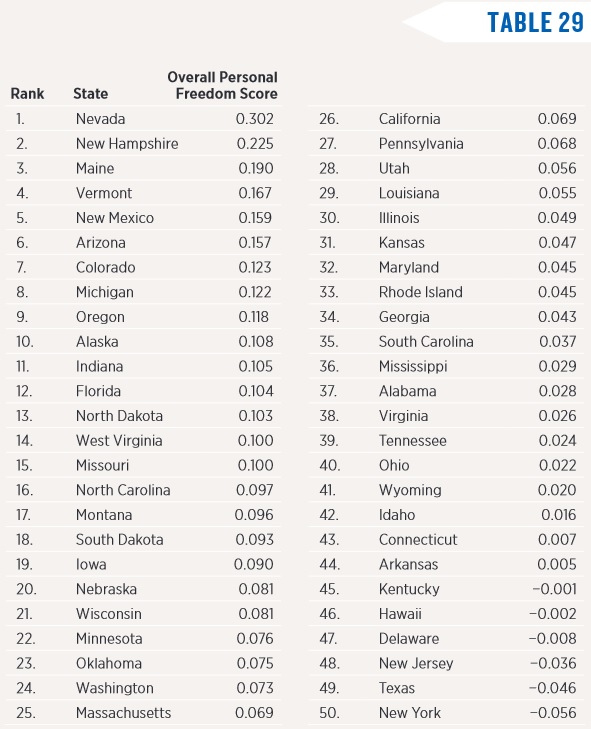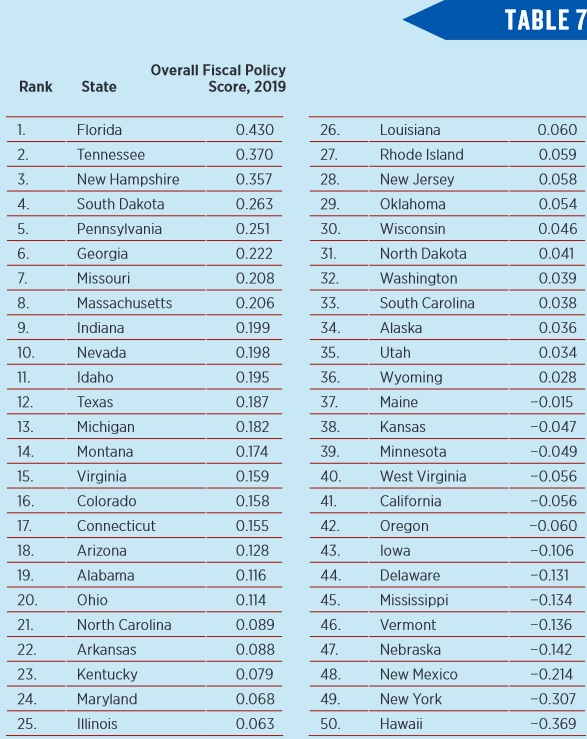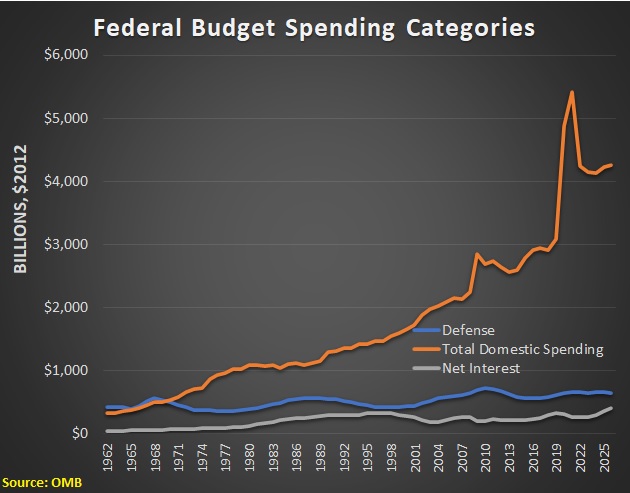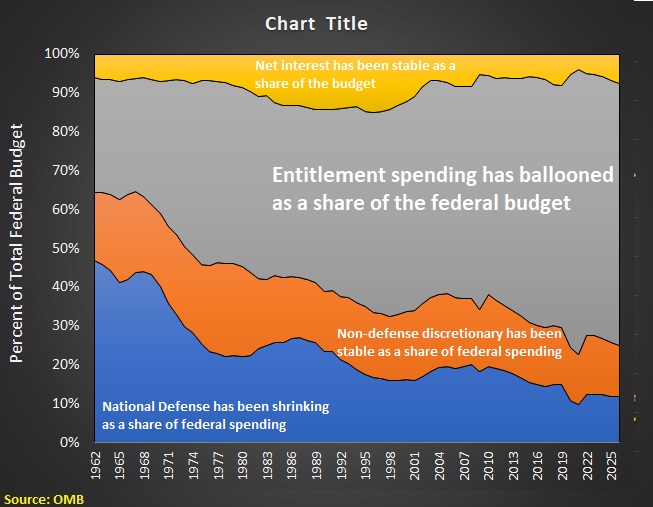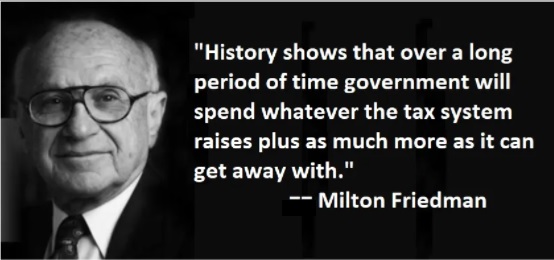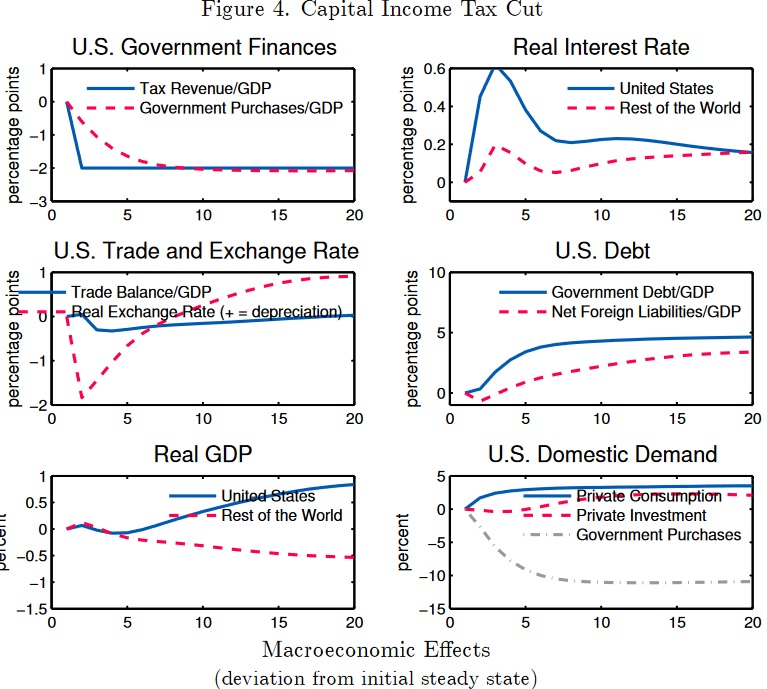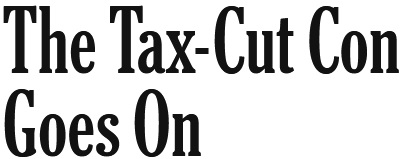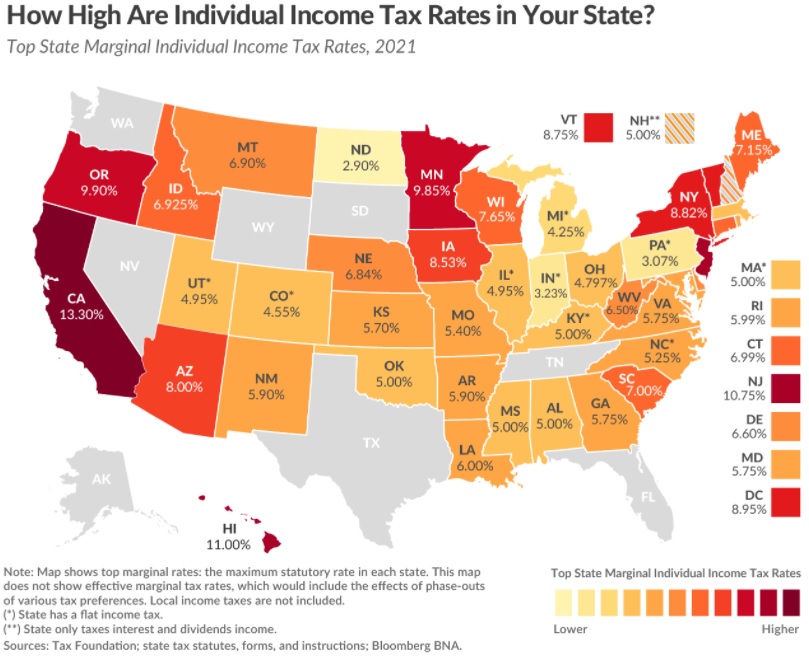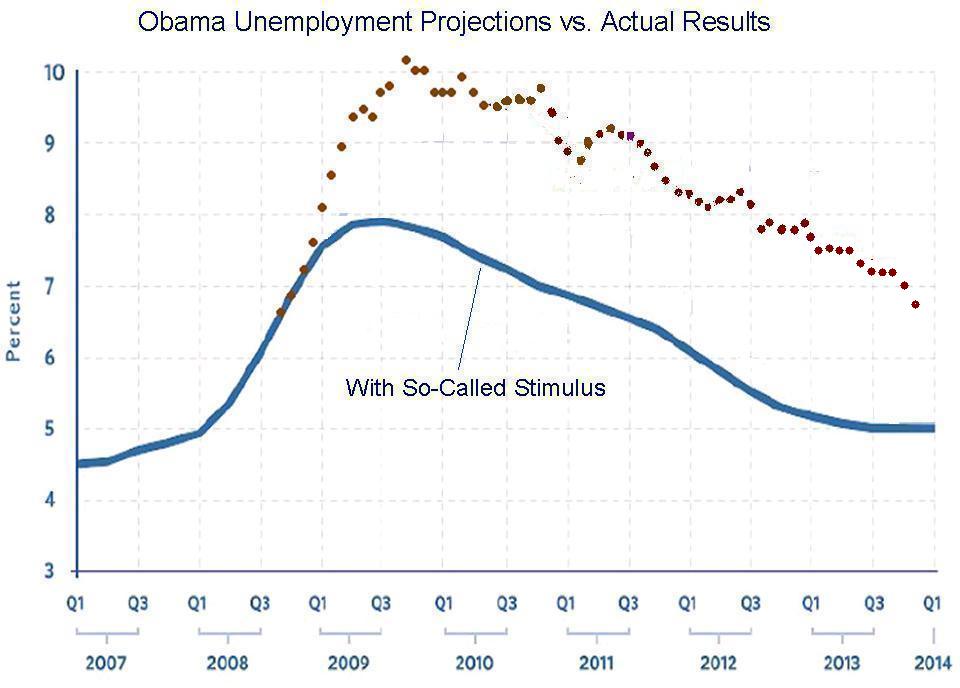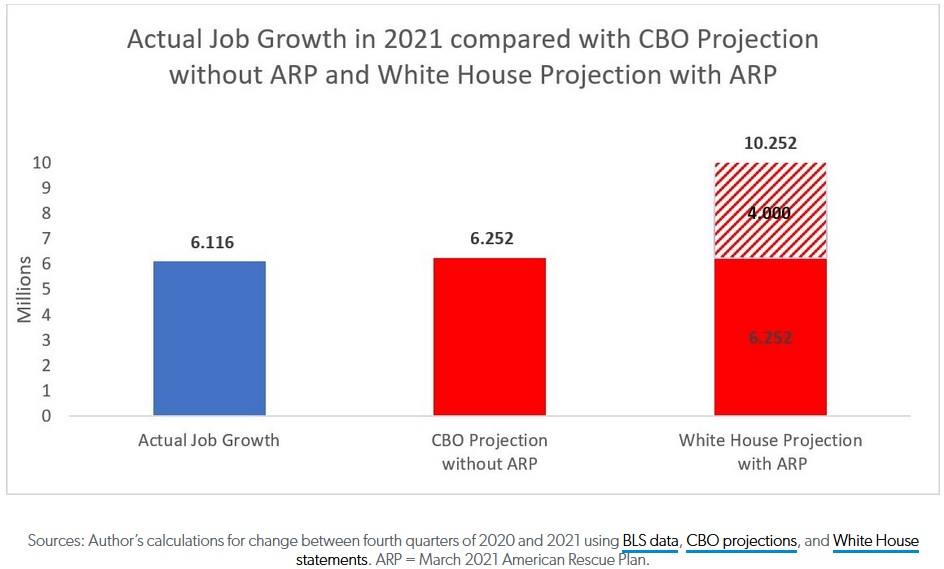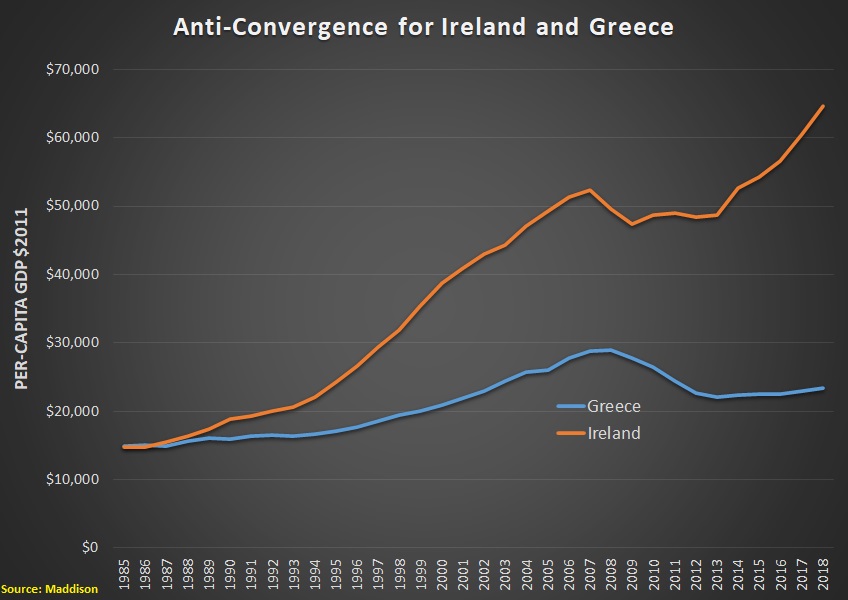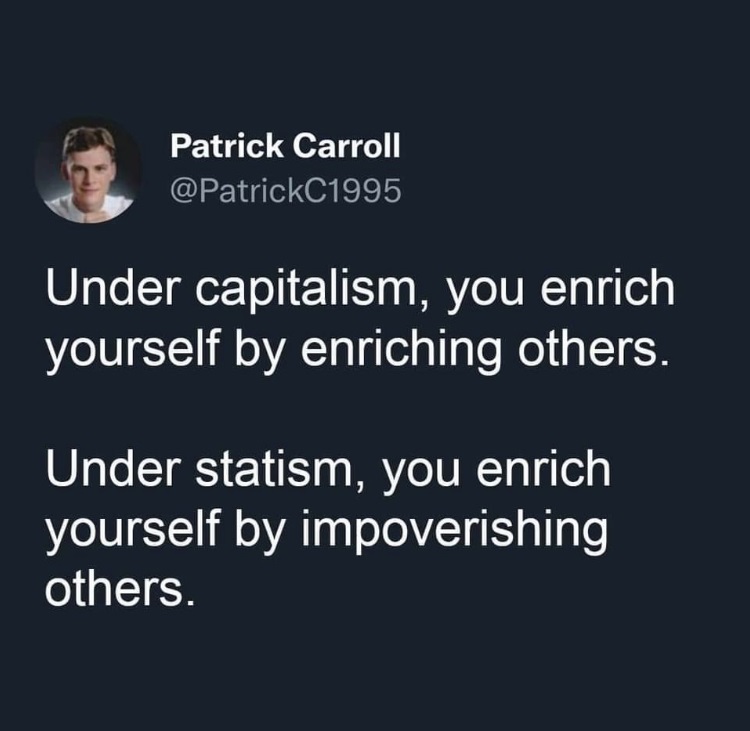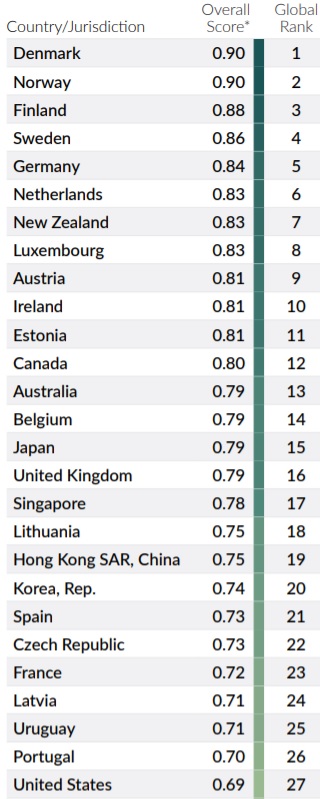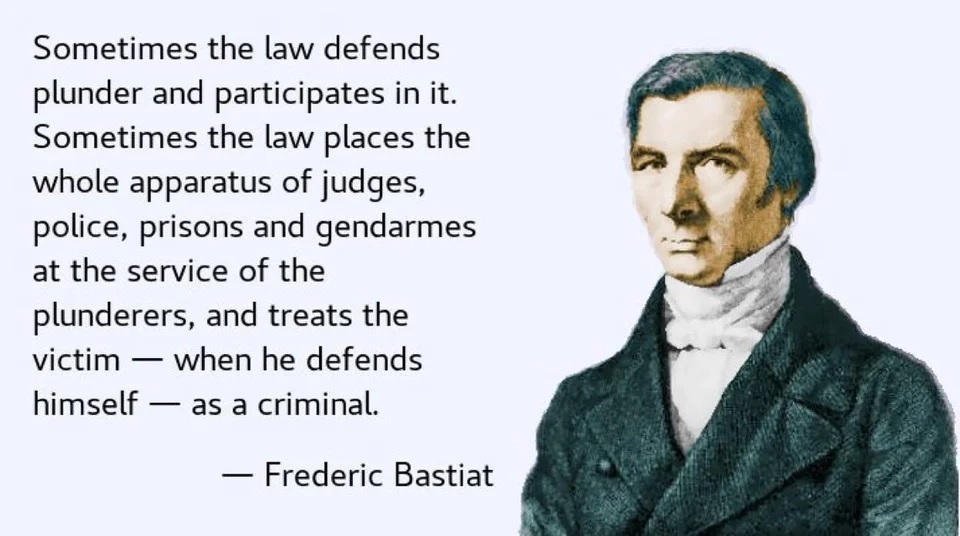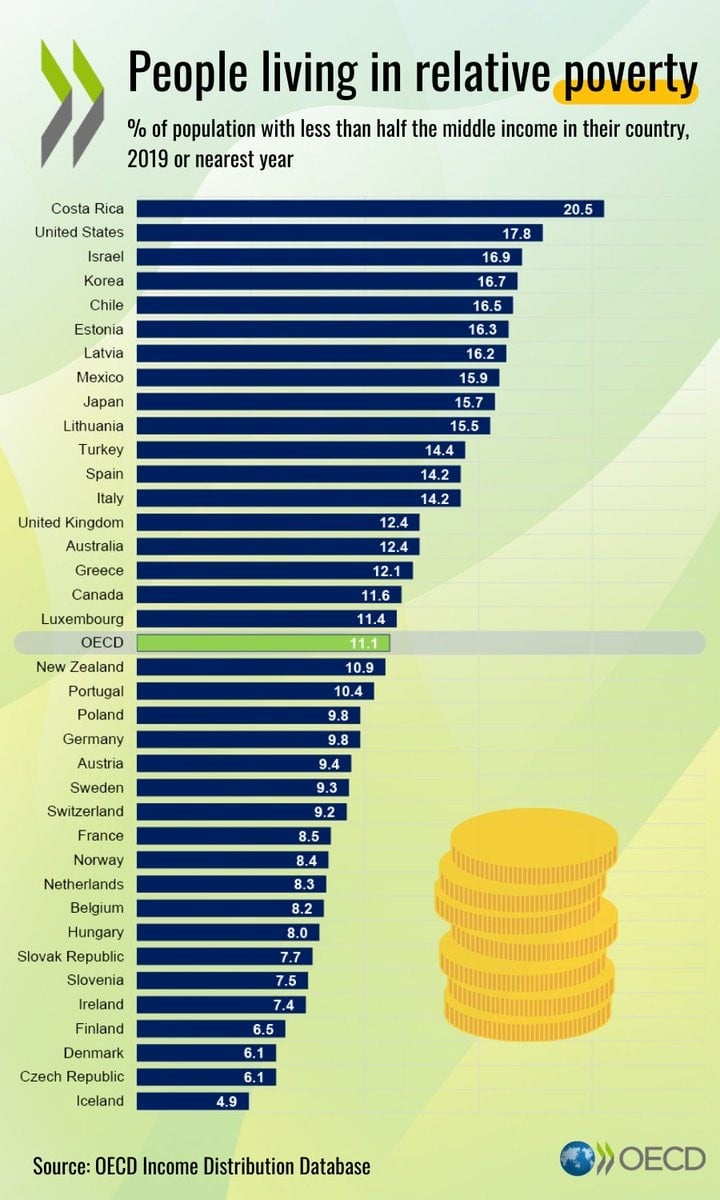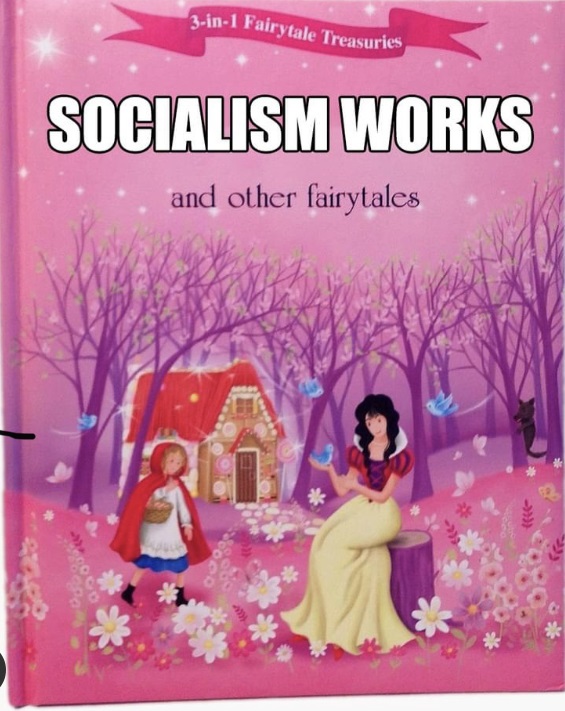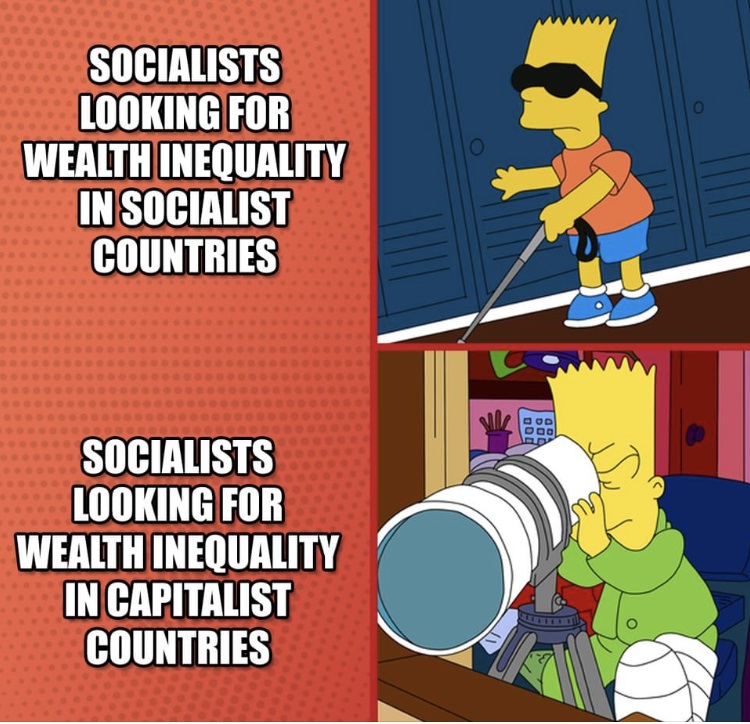I recently wrote about academic bias.
Today, let’s analyze whether there is a similar problem with journalists. And we’ll start with this video from Prager U.
Just as with the column on academic bias, we’ll start by looking at evidence about whether members of the press actually do lean to the left.
Since I’ve shared may examples of media bias (see here, here, here, here, here, here, here, and here), I think the answer is yes.
But don’t believe me, Journalists openly admit their orientation.
And this isn’t a recent thing. A Roper Center report back in the 1990s included this table showing the leftist tilt was especially pronounced among D.C.-based journalists.
And the profession seems to have drifted more to the left over the past couple of decades.
A couple of years ago, David Rutz of the Washington Free-Beacon reported on a survey of financial journalists.
A survey of financial journalists revealed a stark political contrast, with 58 percent of respondents describing themselves as liberal against just 4 percent calling themselves conservative.
The study, conducted by professors at Arizona State University and Texas A&M University, sought to “provide new insights into the inputs, incentives, and beliefs that shape their reporting” by interviewing 462 financial reporters about their jobs. …The findings of the reporters’ political leanings mirrors that of Politico surveys of the White House press corps in 2016 (zero Republicans among 72 reporters surveyed) and 2017 (three Republicans out of 63 surveyed).
Given some of the awful analysis one now finds in the Economist, I’m not surprised that financial journalists are just as bad as political journalists.
Here’s some more data.
Paul Bedard of the Washington Examiner summarized a report on political giving by members of the media.
Reporters and other members of the media have donated at least $110,000 to candidates and parties…, with over 90% going to Democrats including, Joe Biden, Sen. Bernie Sanders, and Rep. Alexandria Ocasio Cortez, according to a new deep-dive report.
…”Journalists at The New York Times, Washington Post, Boston Globe, and Houston Chronicle are among dozens of reporters, editors, and other newspeople who’ve given tens of thousands of dollars to political candidates and causes,” said the report… Those were just for large amounts. Contributions of $200 or less do not require detailed FEC reporting. …according to the report, though, …the vast majority of reporters and staffers do not make any contributions.
Probably the most shocking data comes from a study on media bias, written by Hans Hassell, John Holbein, and Matthew Miles. Based on Twitter patterns, they found that journalists tend to be on the far left, perhaps even further to the left than Bernie Sanders.
Interestingly, the authors then proceed to claim that the media’s left-wing orientation does not impact the stories that get written.
To run our correspondence experiment, we created an artificial campaign email address for a fictitious candidate for the state legislature. We emailed the journalists on our list, asking them to cover the potential candidate. …this story appears to be something that is generally considered newsworthy but is subject to journalist discretion and is exactly the type of story where gatekeeping biases could be manifest.Our email appeared to be from a campaign staffer, indicating that the candidate was about to announce his candidacy within the next week and asking whether the journalist would be interested in sitting down with the candidate sometime in the following week to discuss his candidacy and vision for state government. The text in each of the emails was identical except for the bio of the candidate that we included at the end of the message. In the brief bio, we randomly varied the candidate’s ideological description. …there is no statistical or substantive difference in the probability of a journalist responding to the email based solely on the treatment conditions. Comparing the two poles, strong conservative candidates are, on average, a mere 0.4 percentage points less likely to get a response than strong progressive candidates.
For what it’s worth, I think this study is misleading. Why? Because it looks for bias in one of the few places where it’s unlikely to exist.
It’s not surprising that journalists (especially ones who write for local outlets) are equally likely to cover campaign announcements, regardless of the partisan or ideological orientation of candidates.
Based on my decades of experience in Washington, however, I can state with near certainty that there would not be equal coverage if the study tested how journalists respond to new research on, say, fiscal policy.
To be blunt, a study from a right-leaning source on the benefits of smaller government would receive far less attention than a study from a left-leaning source that asserted the opposite.
 I wrote about a specific instance of this kind of bias last year.
I wrote about a specific instance of this kind of bias last year.
Now let’s consider another real-world example. Jason DeParle of the New York Times recently wrote about a “study” that purported to show that Biden’s per-child handouts boosted brain activity in young children.
All sorts of social scientists (see here, here, here, here, here, and here) pointed out that it was – at best – a very weak study.
This isn’t my field of expertise, so I don’t have anything to add to their criticisms.
But I will note that the New York Times and other major establishment voices don’t give prominent coverage to much stronger and more rigorous studies showing the various social pathologies (unemployment, dependency, single-parent households, poverty, loss of societal capital, etc) associated with redistribution.
Instead, research that doesn’t match with the preferred narrative gets little or no attention.
Now that we’ve established that a bias exists and that it affects news coverage, let’s close by considering the implications.
In a column for the Wall Street Journal, Van Gordon Sauter, the former head of CBS News, acknowledges the media’s bias and says it won’t change.
The highly influential daily newspapers in New York, Washington, Los Angeles and Boston are now decidedly liberal. On the home screen, the three broadcast network divisions still have their liberal tilt. Two of the three leading cable news sources are unrelentingly liberal…
The news media is catching up with the liberalism of the professoriate, the entertainment industry, upscale magazines and the literary world. …To many journalists, objectivity, balance and fairness—once the gold standard of reporting—are not mandatory in a divided political era and in a country they believe to be severely flawed. …The media seems uninterested in these issues of bias. But wouldn’t a softening of its editorial orientation bring new readers or viewers? Probably not. The growth of new customers would be more than offset by the defection of outraged members of the current audience. The news media seems very comfortable with its product and ability to sell it. …There is no personal, professional or financial reason to change.
But the unwillingness to change probably isn’t good for the nation. Or the media.
In a 2018 editorial, Investor’s Business Daily speculated that increasing bias was bad news for the press.
Ask journalists, and they’ll likely tell you they play things right down the middle. They strive to be “fair.” They’re “centrists.” Sorry, not true. …Journalists, besotted with their own ideology, are no longer able to recognize their own bias. …journalism is one of the most left-wing of all professions.
…This is an enormous problem for the media — perhaps bigger than they realize. A Rasmussen Reports survey in late October found that 45% of all likely voters in the midterm elections believed “that when most reporters write about a congressional race, they are trying to help the Democratic candidate.” Just 11% said the media would try to help the Republican. …A post-election survey of 1,000 voters by McLaughlin & Associates found that “a forceful plurality (48%) of respondents believe the media coverage is unfair and biased”… It wasn’t always this way. …In 1971, Republicans made up 25.7% of all journalists. Democrats were 35.5%… By 2014, the year of the last survey, the share of journalists identifying as Republican had shrunk to 7.1%, an 18.6 percentage point drop. …Democrats today outnumber Republicans today by four to one.
One takeaway is that bias on the part of the establishment press has paved the way for ideological bifurcation.
The major networks, most cable stations, and newspapers are now much more brazen about siding with the left. And this has encouraged the creation of a parallel media universe on the right, featuring Fox, talk radio, and alternative media.
So are there any policy implications, at least for those of us with a libertarian orientation?
Nope. Media companies should be free to be biased. Or free to be neutral. The market can then reward or punish firms based on their choices.
But I’ll close by warning that some folks on the left want to subsidize journalists. Here are some excerpts from a column in Reason by Christian Britschgi about the tax bill being pushed by House Democrats.
House Democrats are keen to raise taxes…to pay for their $3.5 trillion spending bill. But they’re cutting local newspapers some slack by slipping a special subsidy for publishers into their latest tax proposal. …local publishers would get annual tax credits of up to $25,000 for each journalist they employ
…if the value of the tax credit exceeds the Medicare taxes a publisher pays, the publisher would receive the difference in the form of a check from the IRS. This transforms the policy from a targeted tax break to a direct subsidy. …there are two serious problems with the idea. The first is that taxpayers are being forced to pay for local journalism they wouldn’t otherwise choose to support. Giving struggling outlets government checks only weakens their need to reach readers, or to convince donors of their value. …The second, more serious problem is that it puts the federal government in charge of deciding what counts as a legitimate newspaper and who counts as a legitimate journalist under the tax code. …Imagine IRS agents poring over a newspaper (or Substack) to see if it qualifies for special tax treatment. Not exactly an image consistent with the First Amendment.
This definitely isn’t the biggest reason to oppose Biden’s so-called Build Back Better, but ethical people of all persuasions should be nauseated by this effort to create a lapdog press living off government handouts.
P.S. You can see a couple of good cartoons about media bias in this post, and another good one at the bottom of this post.
P.P.S. And left-leaning readers will appreciate these cartoons about Fox.




